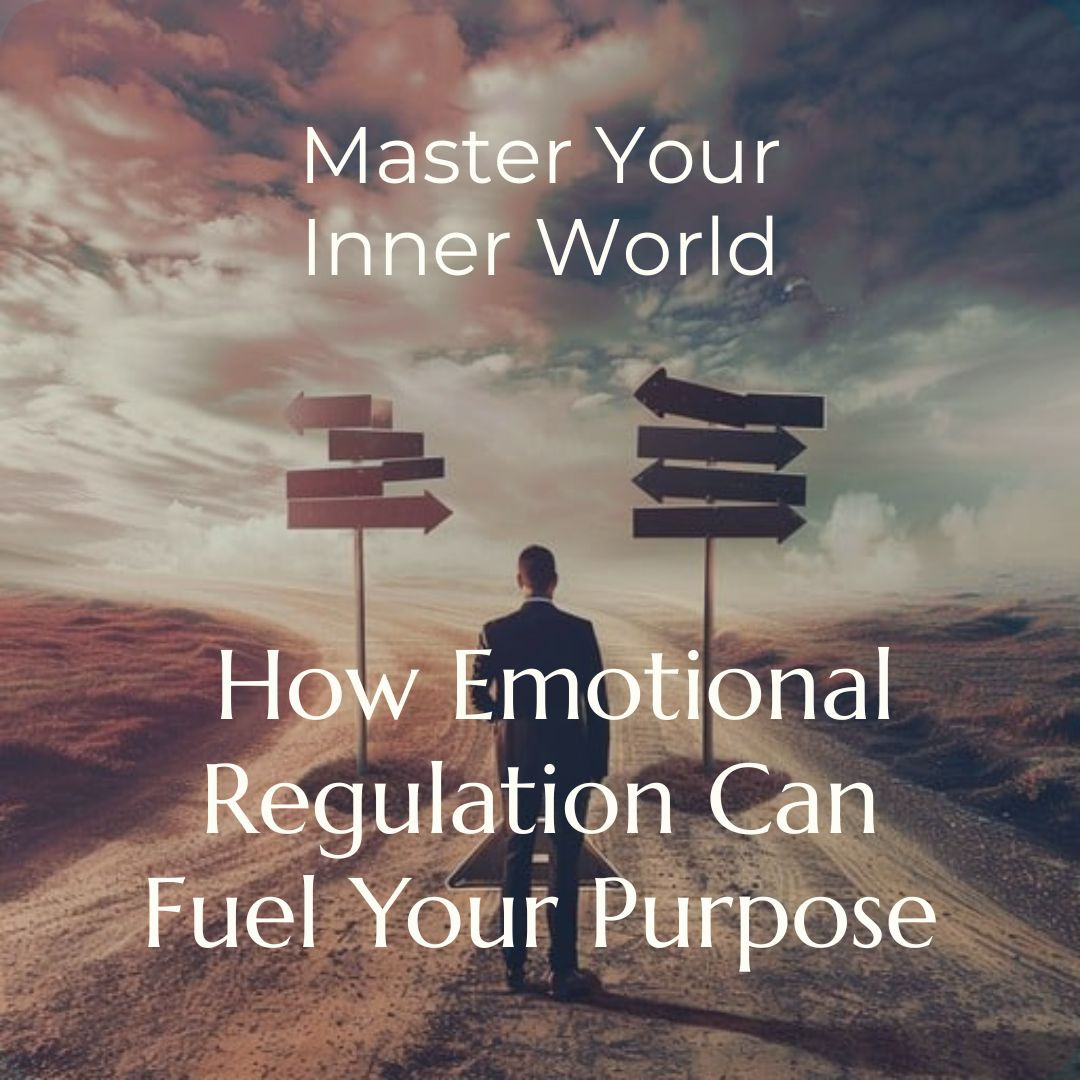
You stand at a crossroads, a moment in your life where the familiar road behind you has disappeared and the path ahead is shrouded in mist. A complex mix of grief, anxiety, and even a quiet bitterness settles in your chest, often alongside a whisper of hope and anticipation. The person you were and the life you had so carefully planned no longer fit the reality of who you are now. You have a vision for what's next, but it feels distant, clouded by a feeling of being stuck, lost, or rudderless. The path forward seems uncertain, and a small setback—a critical comment, an unexpected bill, a moment of self-doubt—can send you spiraling into a pit of fear or frustration, completely derailing your plans.
This can be a reality of major life changes, whether they are chosen or thrust upon you and whether it's one single roadblock or a simultaneous onslaught of transitions, leaving you to deal with their effects all at once. If this sounds like what you're currently experiencing, then you've probably also come across "emotional regulation."
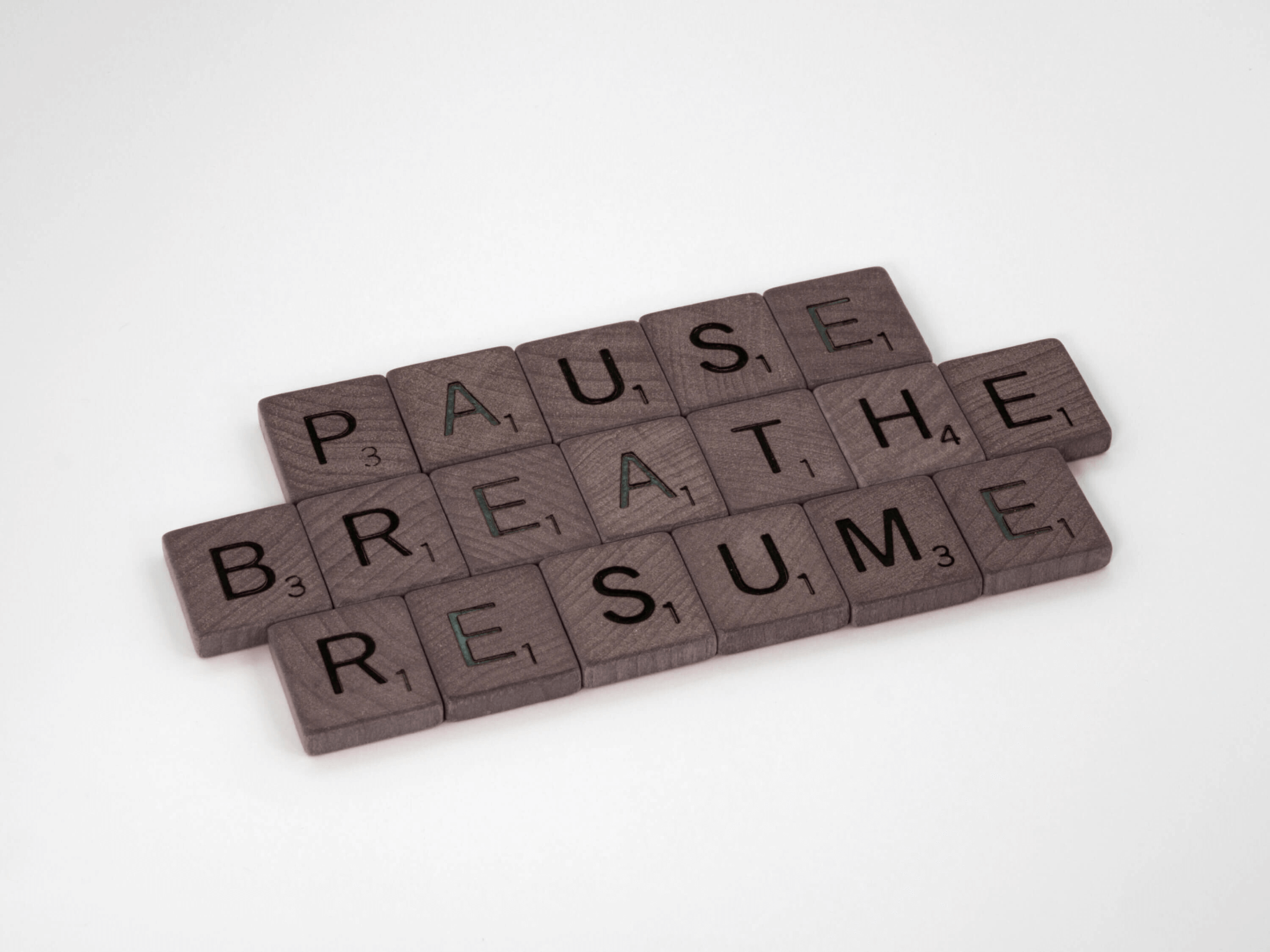 One common misconception I hear from my community is that emotional regulation means pretending you're fine or stuffing your feelings down. Let's be clear: that's not what this is about. That kind of suppression is exhausting and unhealthy. It’s like a beach ball you’re desperately trying to hold underwater. At first, you can manage it, but it takes more and more energy. Soon, you’re so focused on holding it under that you can't see anything else. Eventually, your arms get tired, your grip weakens, and that beach ball bursts to the surface with a splash. This is what happens when we suppress emotions—we spend all our energy holding them down, only for them to resurface in a less-than-ideal way, often as an outburst or an unexpected moment of sadness.
One common misconception I hear from my community is that emotional regulation means pretending you're fine or stuffing your feelings down. Let's be clear: that's not what this is about. That kind of suppression is exhausting and unhealthy. It’s like a beach ball you’re desperately trying to hold underwater. At first, you can manage it, but it takes more and more energy. Soon, you’re so focused on holding it under that you can't see anything else. Eventually, your arms get tired, your grip weakens, and that beach ball bursts to the surface with a splash. This is what happens when we suppress emotions—we spend all our energy holding them down, only for them to resurface in a less-than-ideal way, often as an outburst or an unexpected moment of sadness.Instead, true emotional regulation is a superpower. It's the ability to pause between what you feel and how you respond. It’s the essential skill that allows you to take control of your actions so they’re not dictated by fleeting moods but are instead aligned with your deeper values and your evolving purpose.
After reading this post, you can feel hopeful navigating life's challenges because you will be empowered with how to develop the skill of emotional regulation so that you can stay aligned with your purpose, and make conscious choices that lead to a fulfilling life.
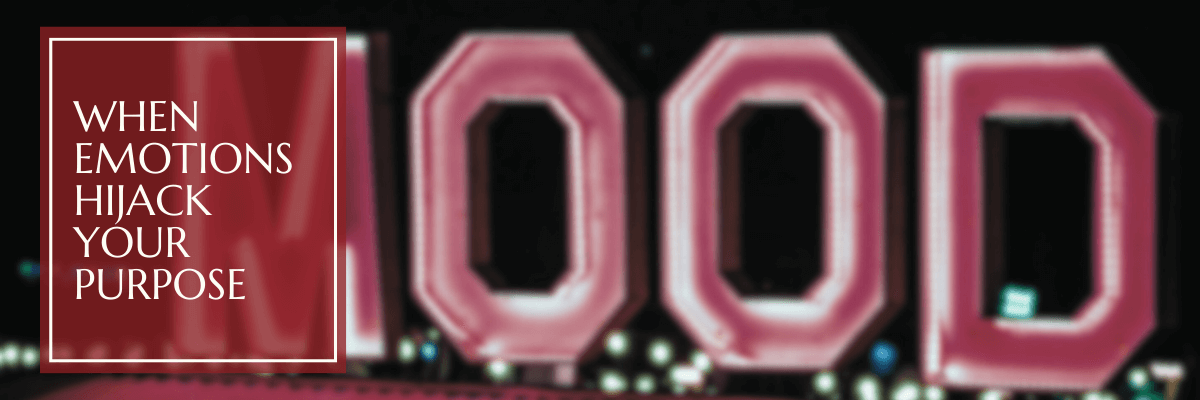
While it's easy to believe that if we just find our purpose, the rest will fall into place, we must acknowledge what happens when fear whispers, "You'll fail." Or when frustration screams, "This is too hard!"? Unmanaged emotions are the reason so many people get stuck on their journey, even after they've found their "why." It's a classic mindset issue that can show up in different ways, like procrastination, self-sabotage, or an increase in stress. When it happens, we get busy doing anything and everything except what truly matters, distracting ourselves from the uncomfortable feelings that are trying to get our attention.
As someone who has been there, I know this struggle firsthand. My own journey through a major life change has had moments where quiet discord was a signal from my Self that something was wrong. But I was so busy trying to ignore the feelings that I got even busier. I tried to push through, thinking I could just power past the emotions. Instead, they kept building until I was forced to listen.
Think about it:

- Fear can lead to procrastination. This isn't a sign that you're lazy or that your dream isn't worth it. It’s simply a very normal human response to the unknown. The paralysis you feel isn't a lack of desire; it's an emotional response to risk.
- Frustration and anger can lead to impulsive decisions or damaged relationships. This isn't just a sudden fit of rage; it's often a built-up pressure that finds an outlet. That moment of lashing out—snapping at a loved one or quitting a project out of spite—is a painful symptom of emotions you haven't been able to process. When you're just reacting to how you feel, your actions don't come from a place of purpose; they come from a place of pain.
- Overwhelm can lead to burnout and a complete standstill. This isn't laziness; it's a legitimate emotional response to a heavy load. Burnout is actually your Self trying to tell you, "not this" or "not this way." When you are aligned with your true purpose, the effort you put in energizes you instead of draining you. Burnout is a clear signal that something is out of alignment.
These emotions are not "bad." They are natural signals. The problem isn't the emotion itself; it's what we do with it. When we don't have the skills to process them, these powerful feelings can pull us off course and make us feel like we're just reacting to life instead of intentionally living it. This inner voice—your gut, intuition, soul, or subconscious—is your Self trying to get your attention. When you suppress your feelings, you're essentially ignoring this vital part of you. Recognizing that this is your Self is an act of self-care. It reminds you that this responsibility is yours, and the power to change is within you.
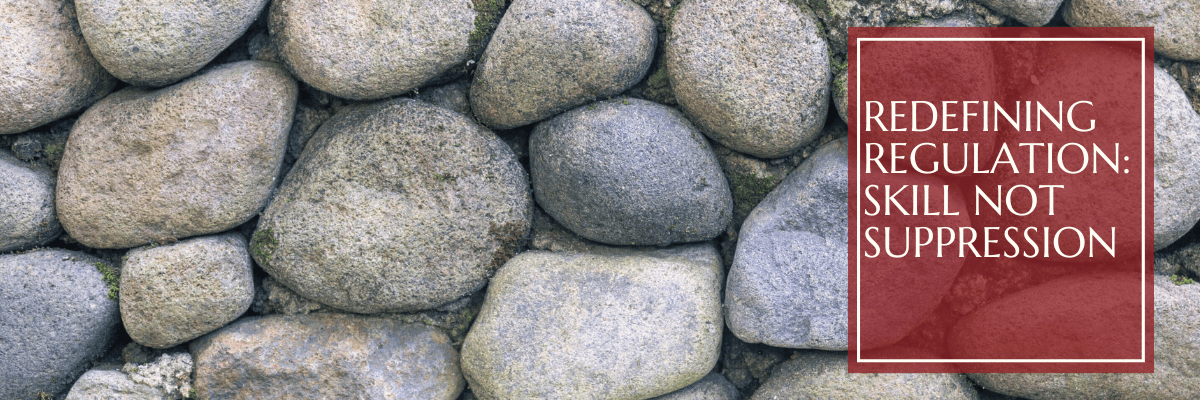
The myth that emotional regulation means suppressing feelings is one of the biggest reasons people resist it. We’re taught from a young age to "be strong" or "suck it up," but trying to ignore sadness or pretend you're not angry is not only ineffective but harmful.
Remember that beach ball we talked about? Emotional regulation is the opposite of desperately holding it down. It’s about letting the ball surface in a controlled, intentional way, so you can manage its energy instead of being overwhelmed by it.
So, what is emotional regulation really? It’s a skill set. It's about building a toolbox to navigate your inner world.
Think of it as a three-step process:
- Awareness: The first step is simply noticing what you're feeling. There's a subtle but important difference between saying "I am angry" and "I am feeling angry" or "I am experiencing anger." The first statement defines you by the emotion, while the second acknowledges that the emotion is a temporary state, not your identity. This simple act of naming the emotion creates a little distance between you and the
 feeling so you're no longer completely consumed by it. It’s the first step to detaching from the feeling and gaining control.
feeling so you're no longer completely consumed by it. It’s the first step to detaching from the feeling and gaining control. - Acceptance: Once you name it, you can begin the process of accepting it without judgment. Ask yourself, "Why am I feeling this? What triggered this emotion?" This is where the real work of self-discovery happens. Maybe you're not actually angry at the traffic; you're frustrated that you're running late for an important appointment. This acceptance is the most empowering step because only once you've been able to objectively accept where your life is at are you capable of making the best conscious choice for your Self, instead of just reacting.
- Choice: With awareness and acceptance, you create a vital space—a pause—between the emotion and your response. Now, you get to choose how you act. Instead of reacting impulsively, you can choose a response that aligns with your purpose. You can feel fear and still decide to move forward with a small, intentional step. You can feel frustration and still choose to communicate calmly. This is where you transform from a passenger to the driver of your life. You get to choose the person you want to be in the moment, regardless of what you're feeling.
The process of regulating emotions is not about eliminating them. It’s about not letting them control you. It’s about becoming the master of your inner world so that your actions are always a reflection of your true Self, not just a reaction to your current mood.
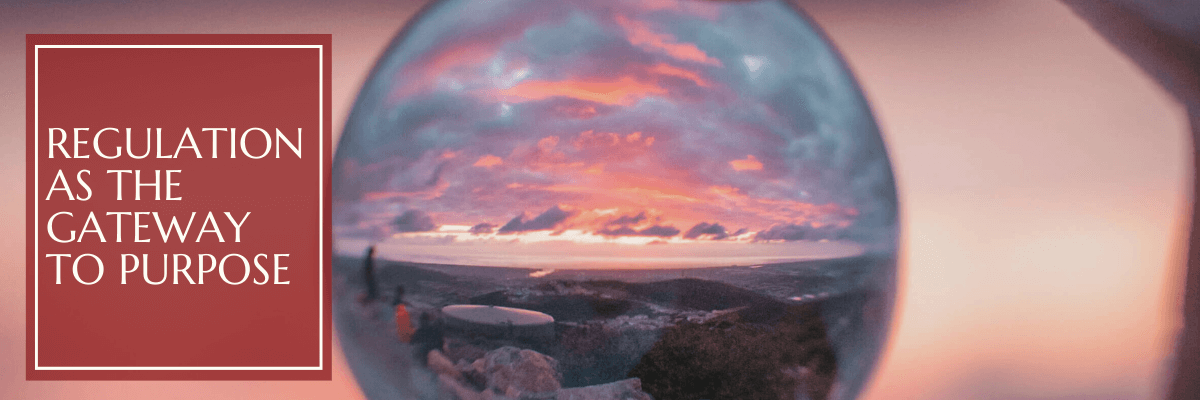
Developing emotional regulation skills is like building a bridge over a river of chaos. When your mind isn't cluttered with emotional turmoil, you gain the mental clarity to see your purpose more clearly. The fog of anxiety and the noise of frustration start to lift, and you can make decisions that truly align with your values and long-term goals. This is where your journey of intentional action truly begins.
Just remember though, purpose-driven living isn't always easy. There will be setbacks, criticism, and moments of self-doubt. Emotional regulation gives you the resilience to navigate these challenges without giving up. You can feel the fear of a new venture and still choose to take a small step forward. You can hear criticism and feel the sting, but instead of retreating, you can choose to analyze it for a kernel of truth and move on.
By managing emotional drains, you also free up a massive amount of energy that you can then invest in activities that truly fuel your purpose. The mental and physical toll of constantly fighting your feelings is enormous. When you learn to process them effectively, you have more energy to dedicate to creative projects, learning new skills, or helping others. This, in turn, prevents the burnout that so many of us experience when we're constantly on an emotional rollercoaster.
Imagine you get a critical email from a boss or a difficult message from a family member. Instead of instantly feeling deflated or defensive, you pause. You feel the sting, but then you choose to respond from a place of clarity and strength, not from a place of pain. Now imagine how much quicker you'd be able to move past this admittedly hurtful moment and get back to what's most important to you. That is the true power of emotional regulation in action.
Ultimately, when you are emotionally regulated, your actions stem from your deepest values, not just fleeting moods. This leads to a more fulfilling and impactful life because you are acting authentically. You are living your purpose, not just talking about it. The practical tools to make this a reality are closer than you think.
Practical Tools to Cultivate Emotional Regulation
You don’t have to get it perfect. You just have to start.
Emotional regulation is a practice, a muscle that gets stronger with use.
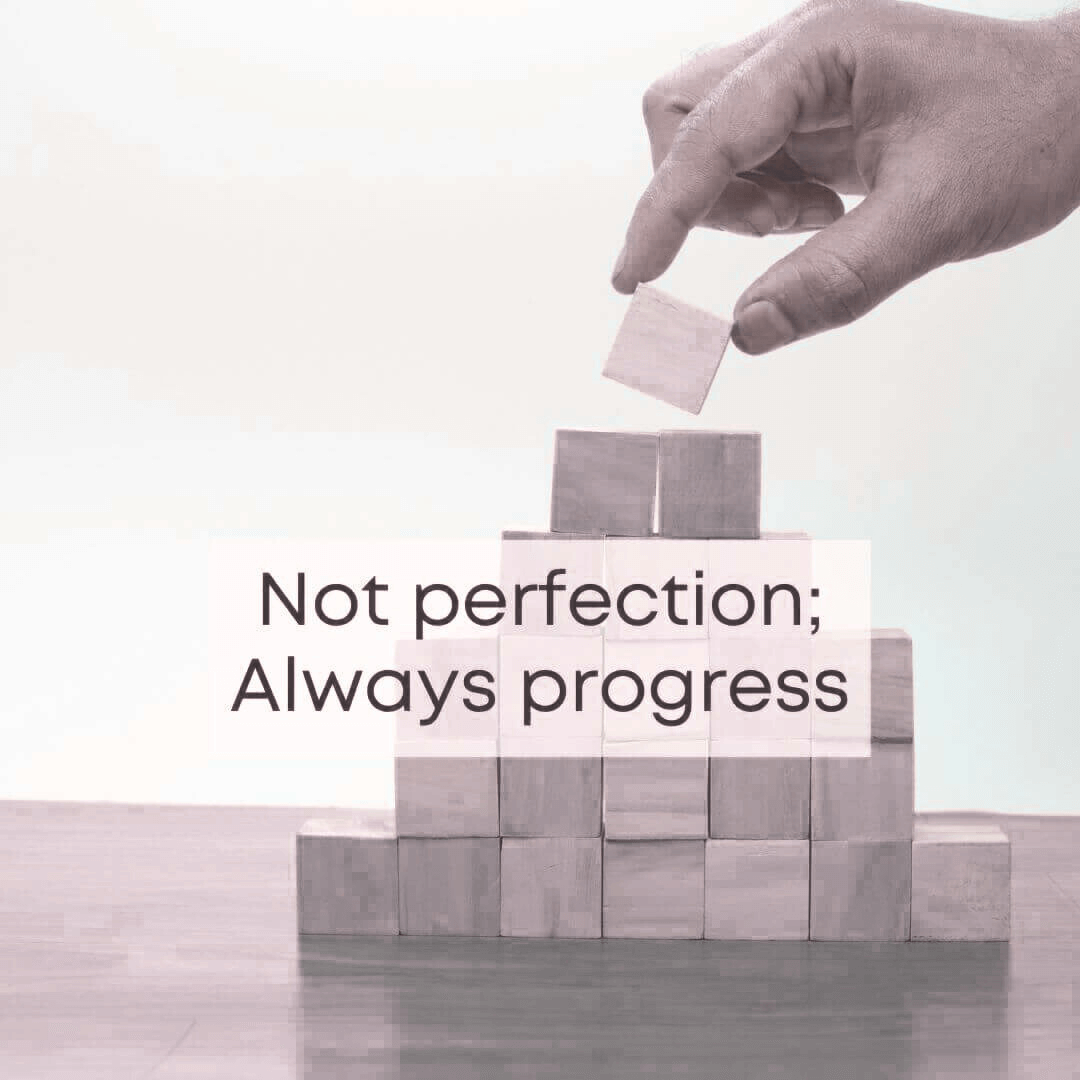 Here are some simple, practical tools you can start using today to cultivate this skill:
Here are some simple, practical tools you can start using today to cultivate this skill:- Name It to Tame It: This is the simplest and most powerful first step. When you feel a strong emotion, just say to yourself (or out loud), "I am feeling frustrated." "This is sadness." "I am experiencing anxiety." This simple act of identification can immediately reduce the intensity of the emotion and create that crucial pause because it allows you to observe the emotion rather than be consumed by it.
- The Power of the Breath: Your breath is a direct link to your nervous system. When you feel overwhelmed, simple breathwork can calm your system. The 4-7-8 method—inhaling through your nose for 4 counts, holding for 7, and exhaling slowly through your mouth for 8—is particularly powerful. The long exhale activates your parasympathetic nervous system, which is responsible for the body's "rest and digest" state, providing a deeper release.
- Journaling for Understanding: A journal is a safe, non-judgmental space to explore your emotions. When you feel a certain way, ask yourself: What triggered this? What is the core emotion? What message is it trying to send me? The tactile act of writing helps your brain more objectively process what you're experiencing, allowing you to see patterns and gain clarity about why you react the way you do.
- Value-Aligned Action: When intense emotions arise, ask yourself, "What action can I take right now that aligns with my purpose and my values, regardless of how I feel?" For example, if you're feeling too fearful to work on a project, your value-aligned action might be to just open the document or write one sentence. This small act proves to yourself that you are in control, not your fear. Remember, action is the best motivator, not thoughts. By taking even a tiny step, you build momentum and overcome paralysis.
- Set Boundaries: Emotional regulation isn't just about what's inside you; it's about what you allow in. Protect your emotional energy by saying "no" to draining activities or people. This is a form of self-care. For instance, if attending a social gathering after a long week feels draining and won't serve your purpose, you can kindly decline. Similarly, you might need to limit time with a friend who consistently brings negativity into your life. Saying "no" to something that doesn't align with your values is saying "yes" to your purpose.
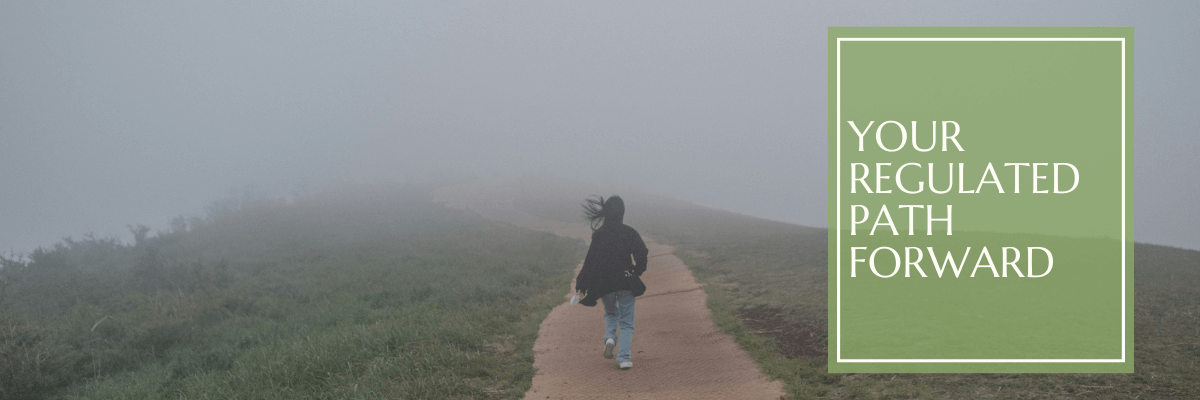
Emotional regulation is a learned skill and a practice, not a destination. You won't master it overnight, and some days will be harder than others. But remember, we are all perfectly imperfect humans navigating a complex world. The goal is not perfection, but progress.
Each time you pause and consciously choose your response, you're doing more than just managing a moment; you're actively rewiring your brain. This process, known as neuroplasticity, is literally changing your neural pathways, increasing your brain's ability to access peace, calm, and a greater sense of life satisfaction. It's about building a better, more resilient you, one conscious choice at a time.
You've already taken the first step by being here and learning about this, and you can begin implementing these tools right away. But if you're ready to create lasting change, by understanding these tools on a deeper and more consistent level, with the support of a certified life transitions coach and a community of people on a similar path, then my course "Pinpoint Your Purpose & Path" might be what you're looking for.
When you're ready to leave the crossroads,
Join my course interest list
You're guaranteed to be notified when it's available
with more detailed information about the course.
Until next time, take care of you and yours,
Casey
*The information provided on this website, including blog posts, articles, and other content, is for educational and informational purposes only and does not constitute professional advice. The information shared here also is not a substitute for individual coaching sessions or a client-coach relationship. Always consult with a qualified professional for any specific concerns or before making any decisions. No guarantees are made regarding any specific outcomes or results from using the information provided on this website.
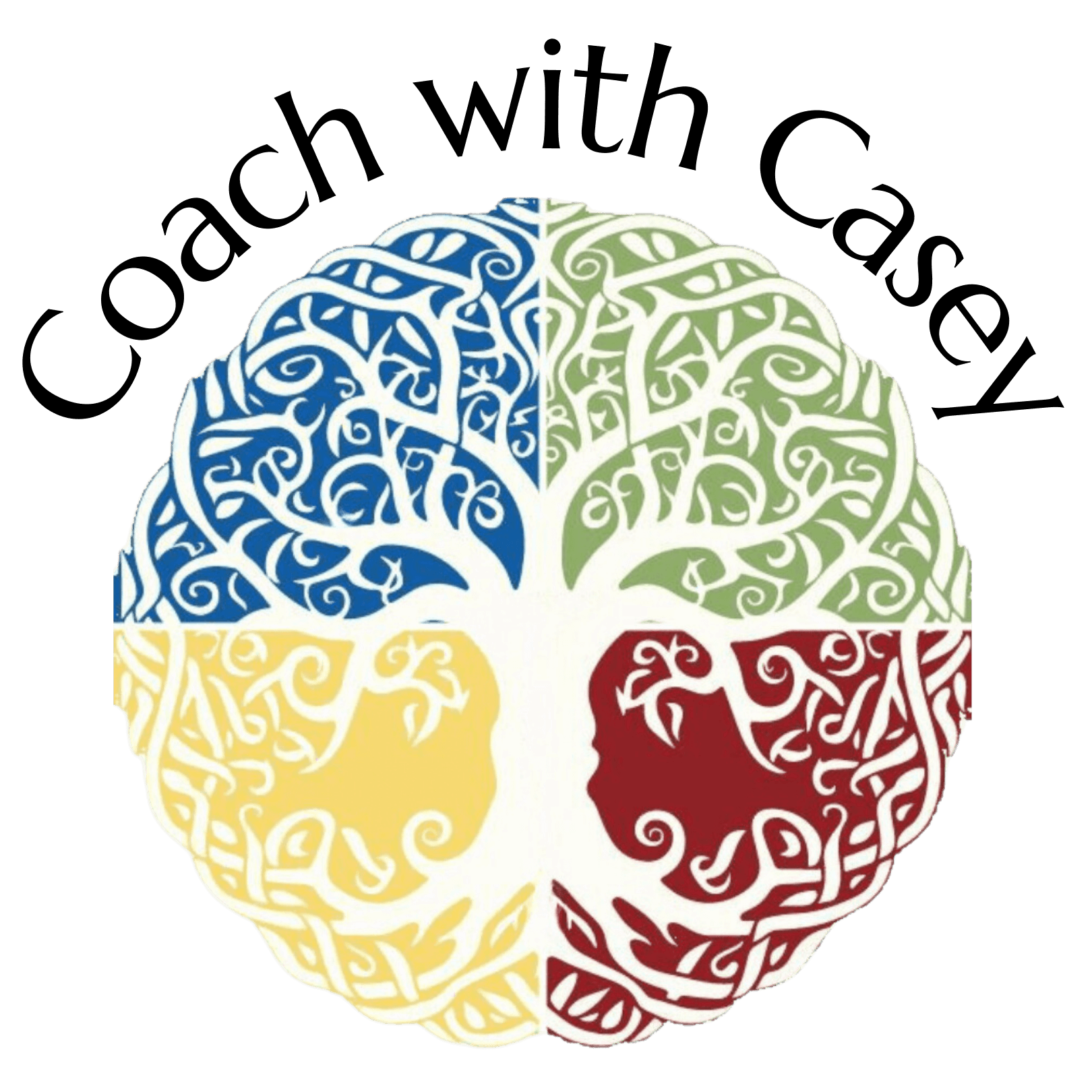
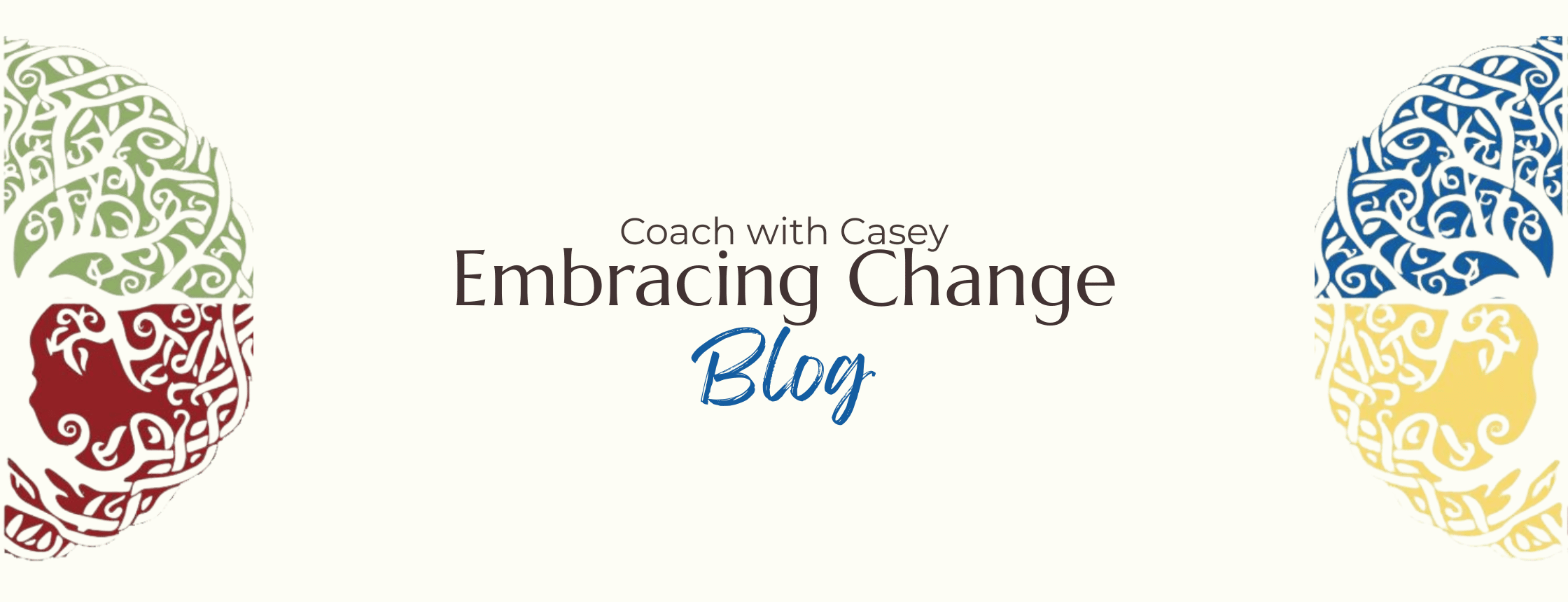
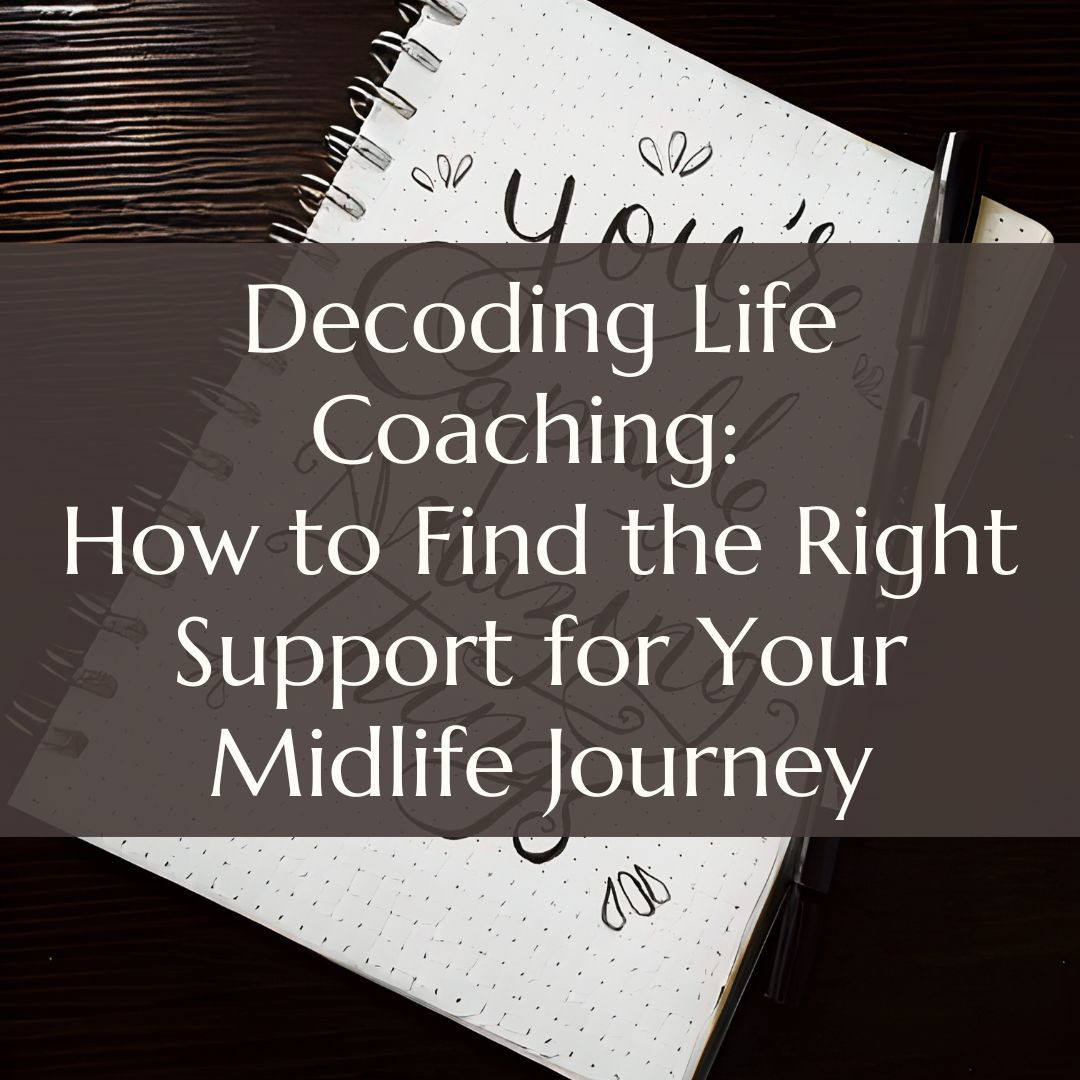
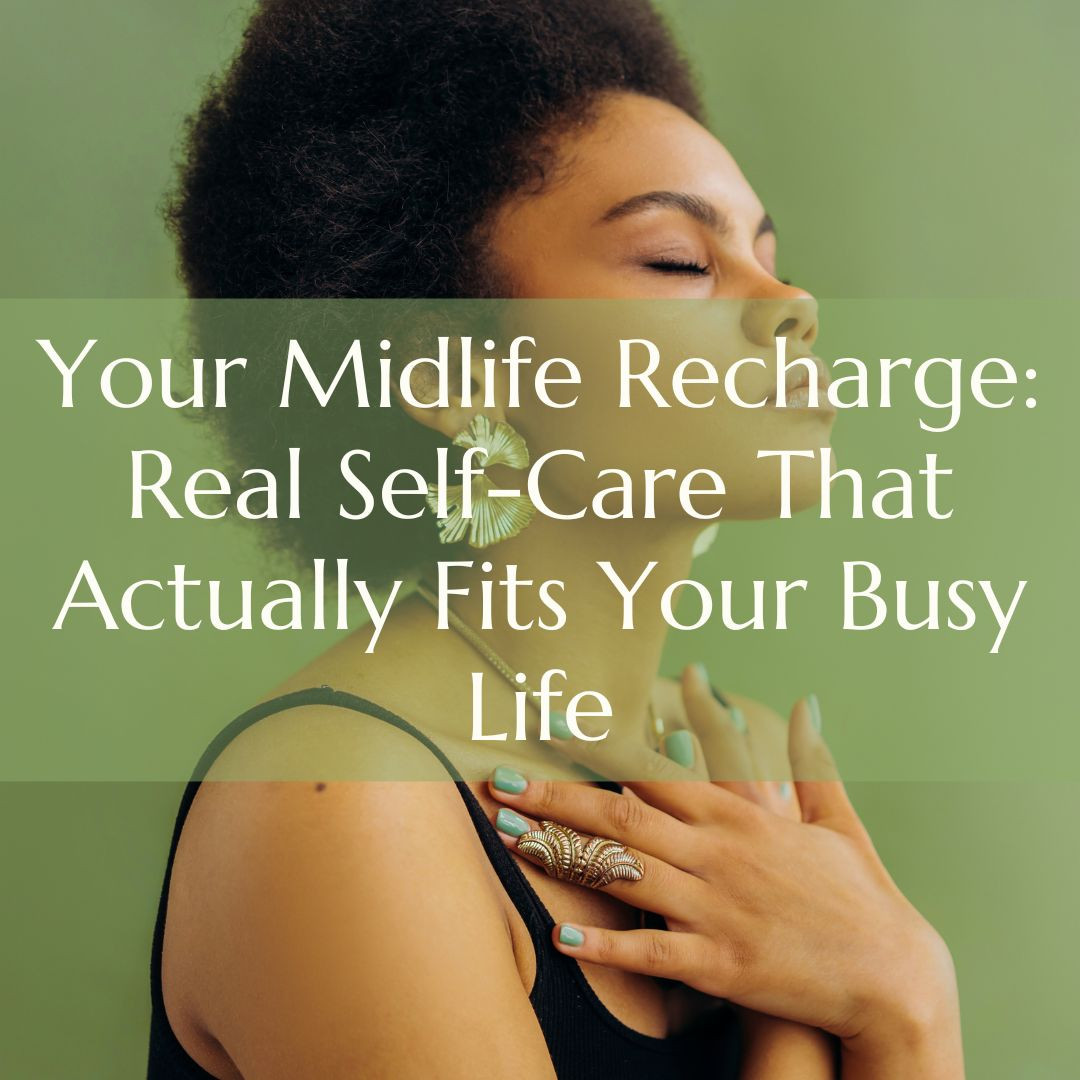
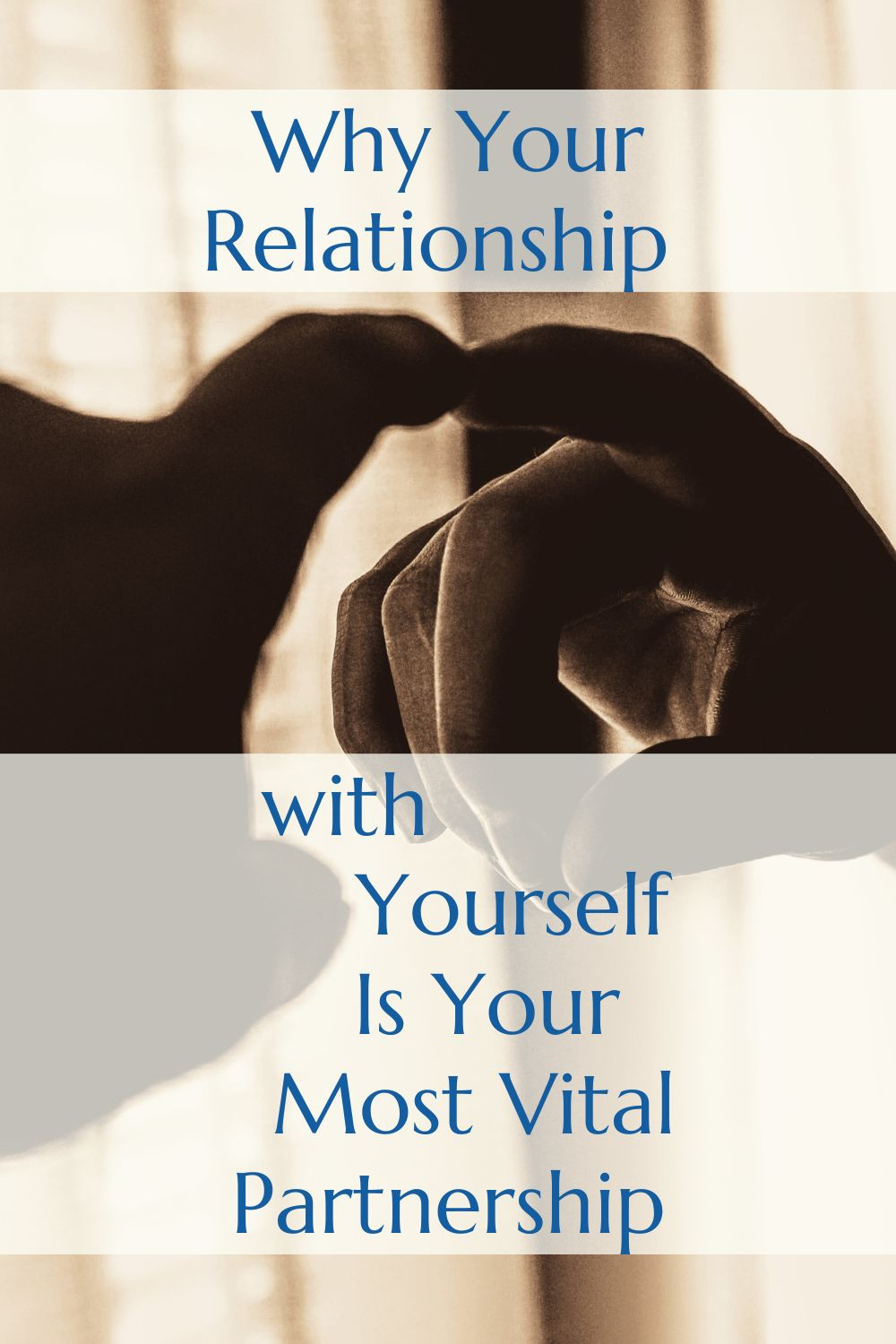
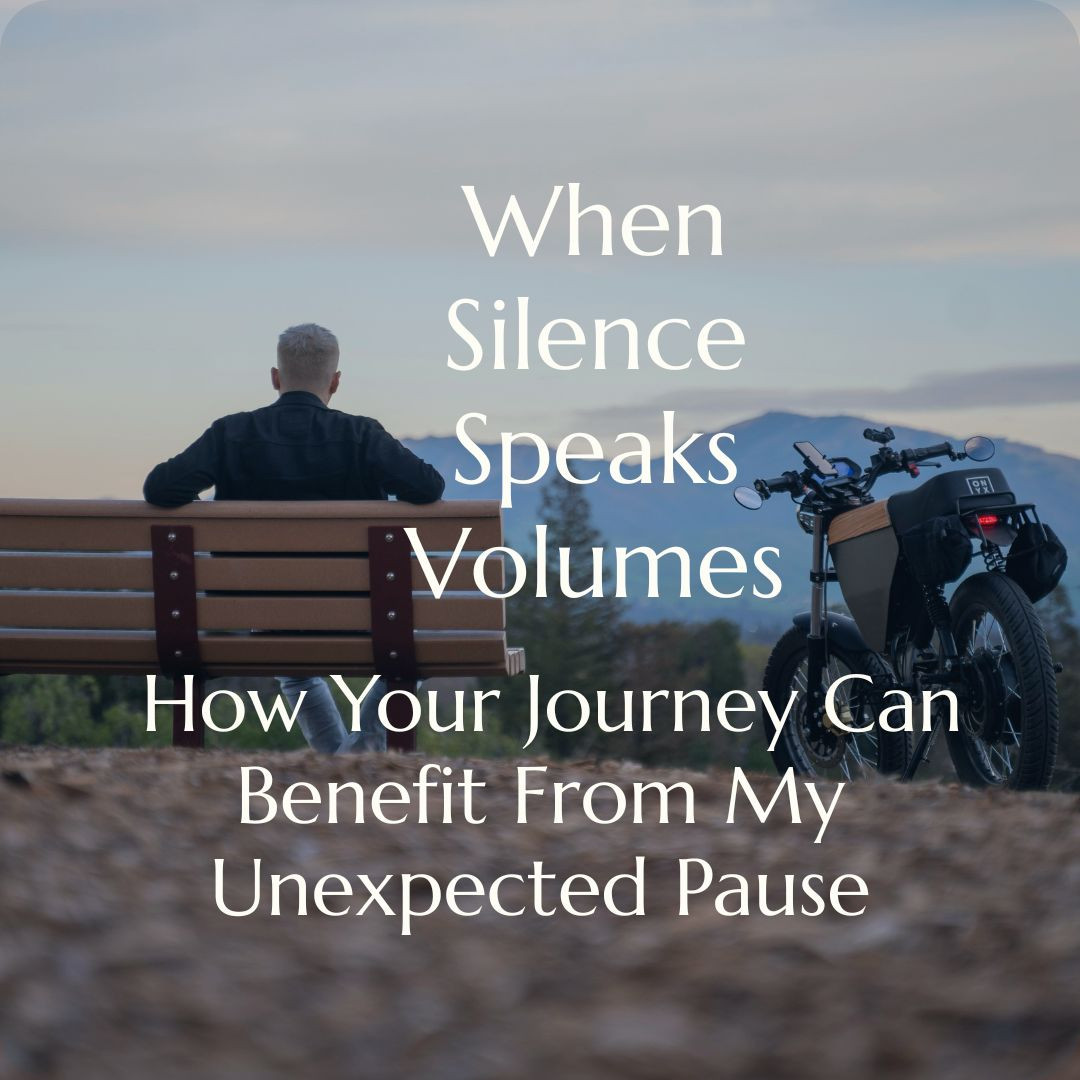
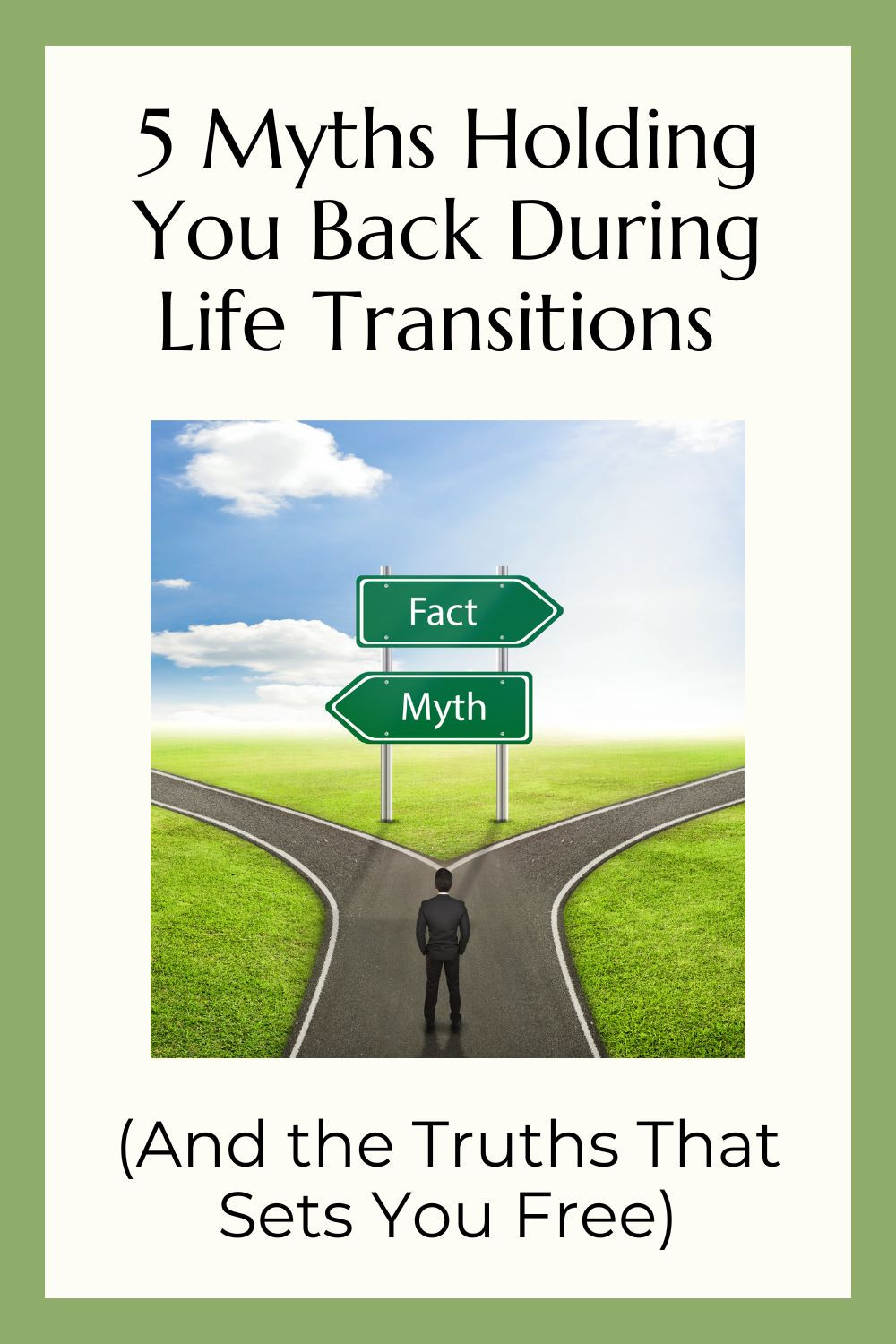
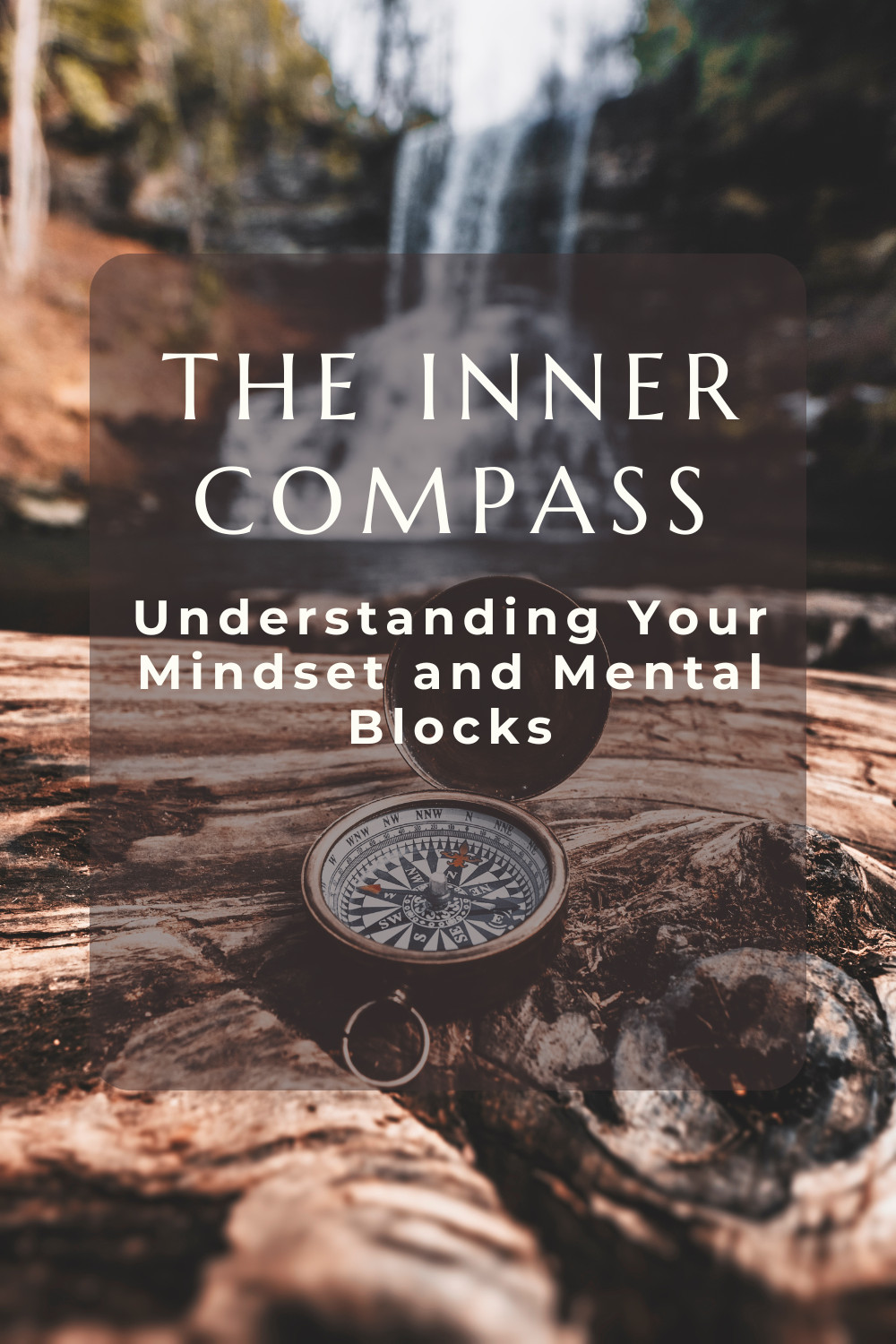
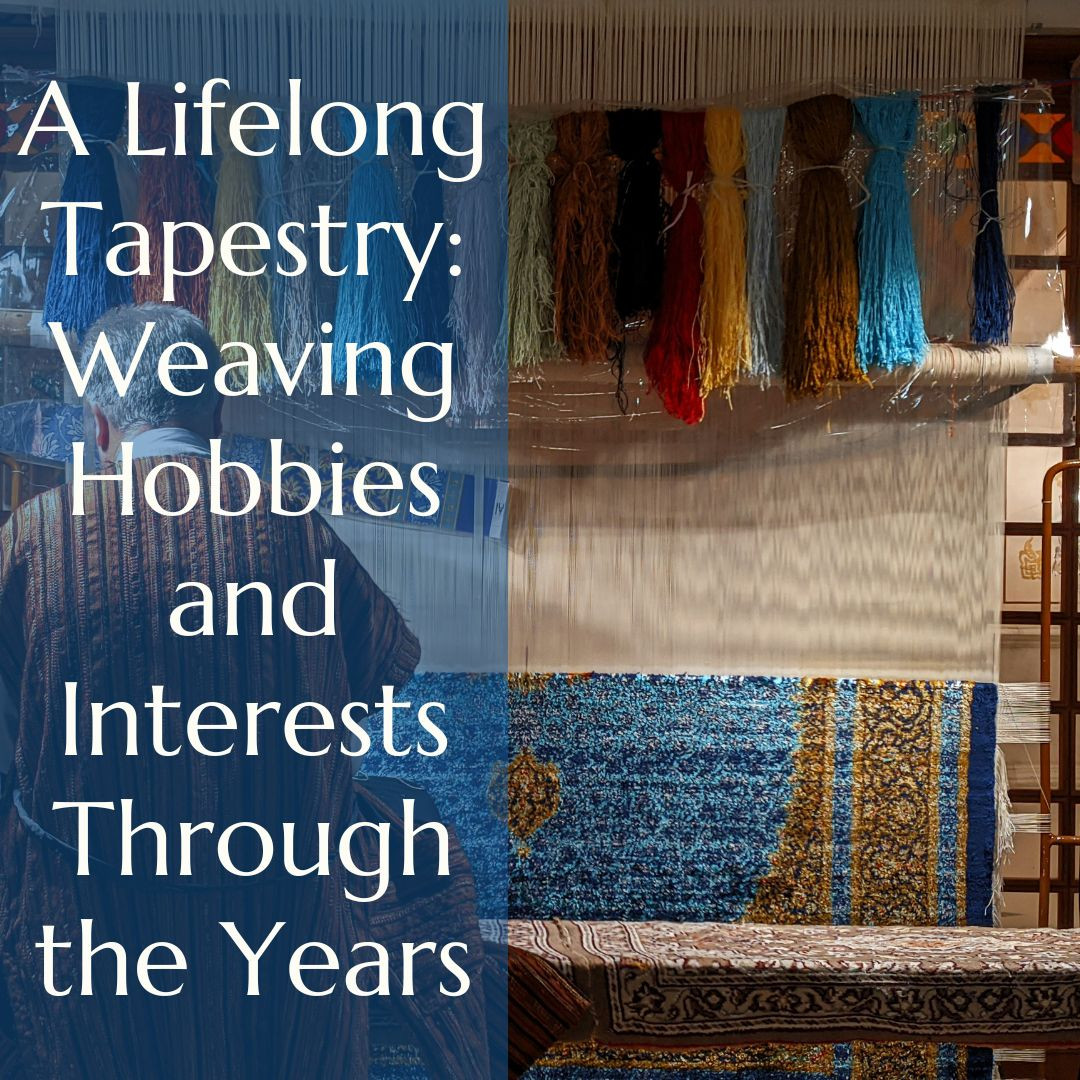
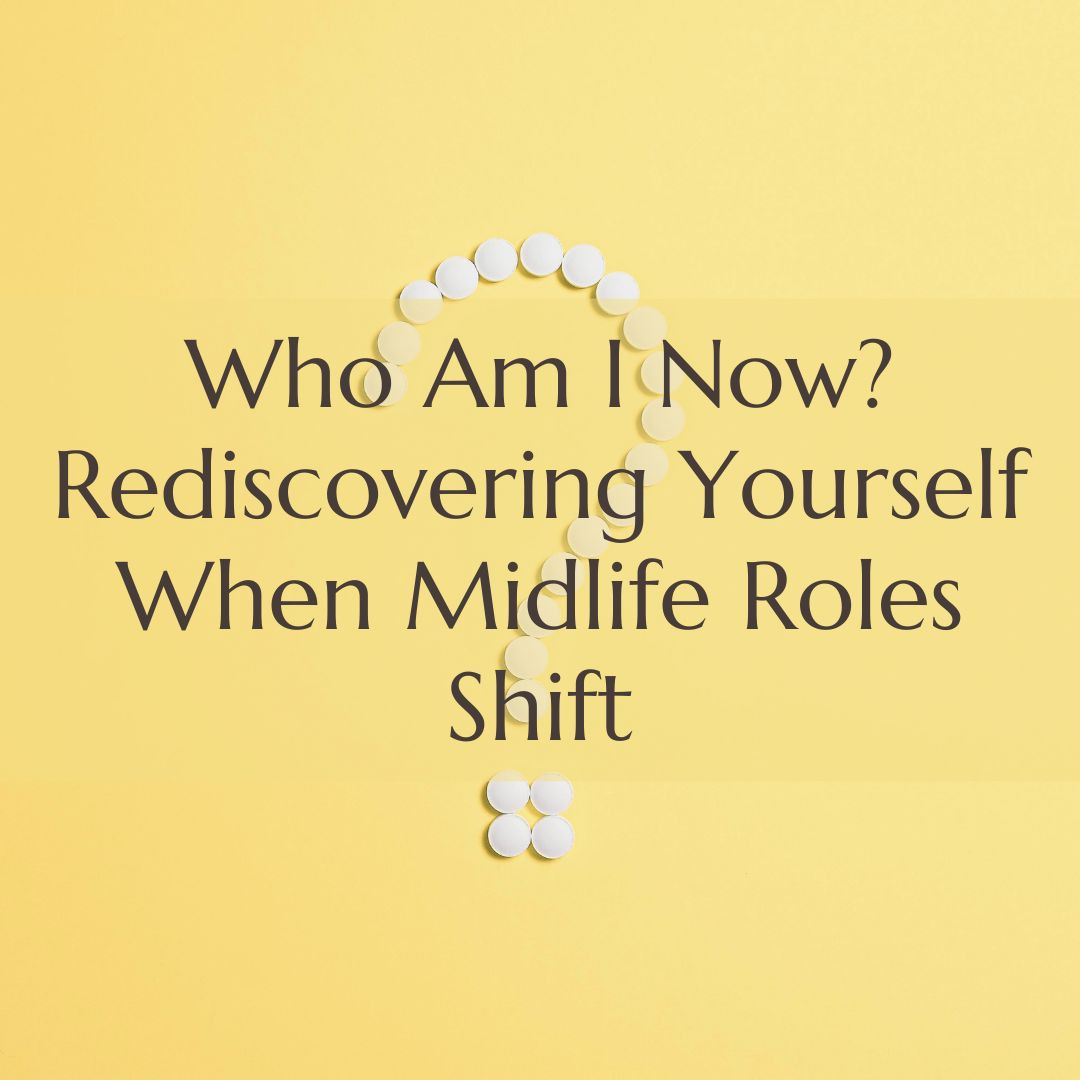
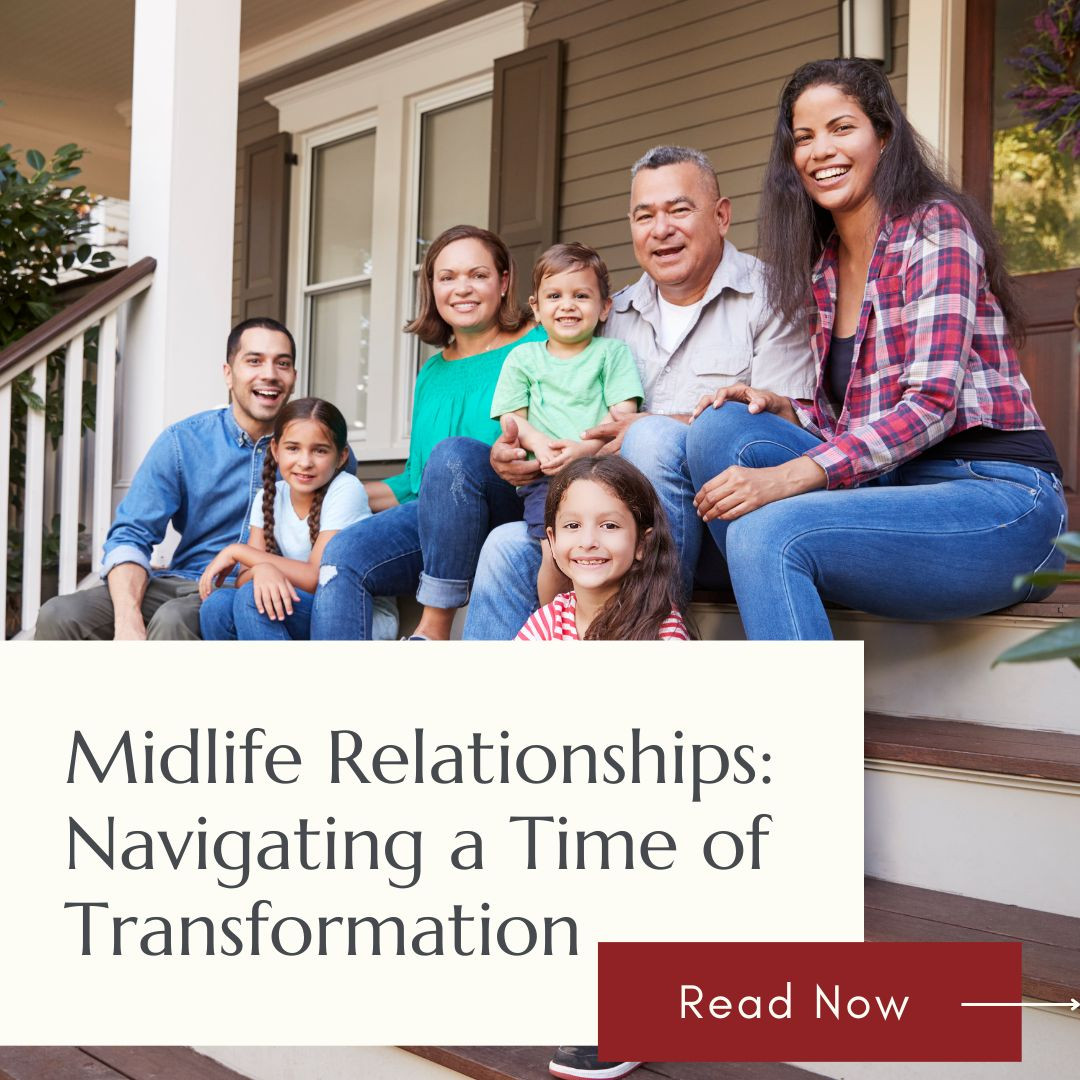
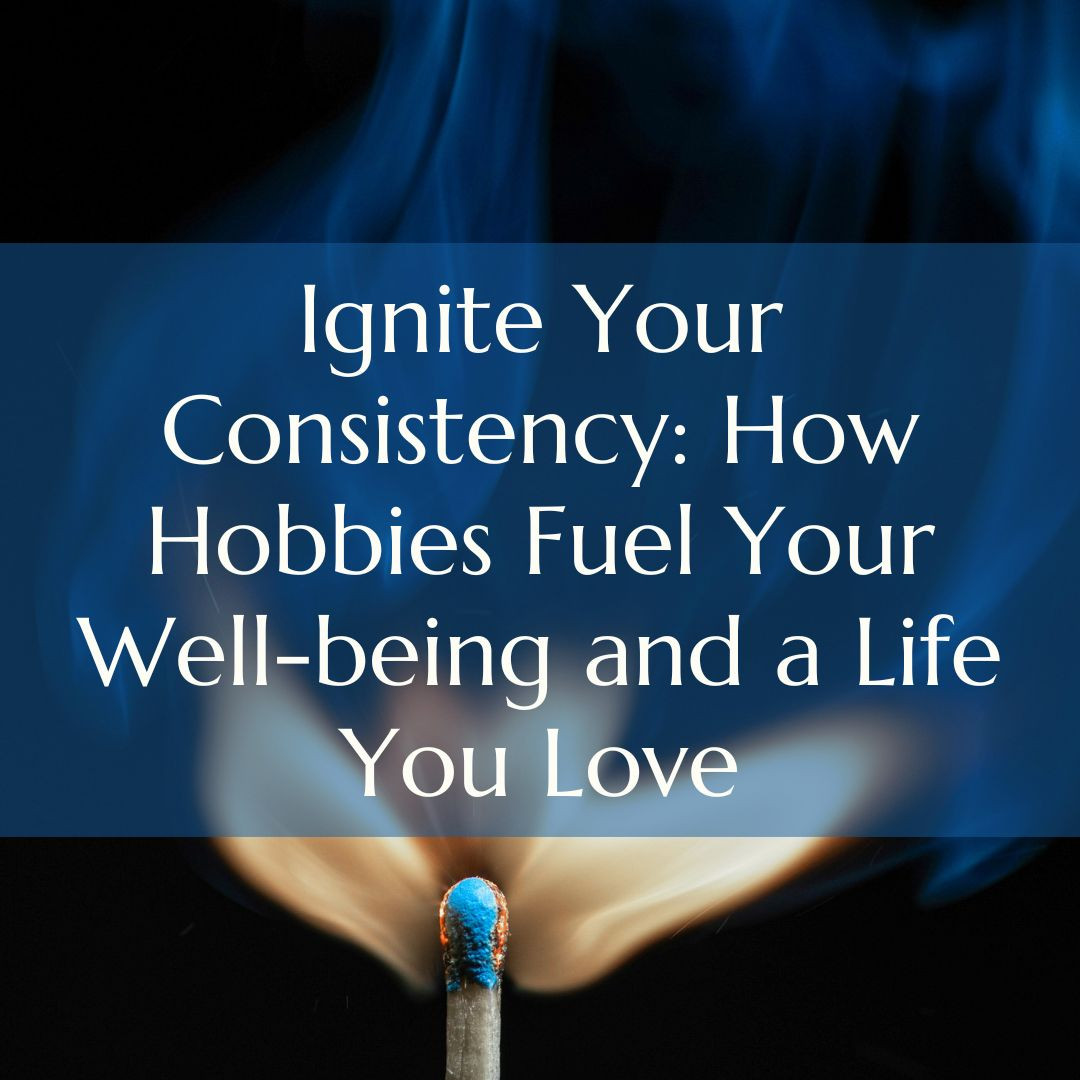
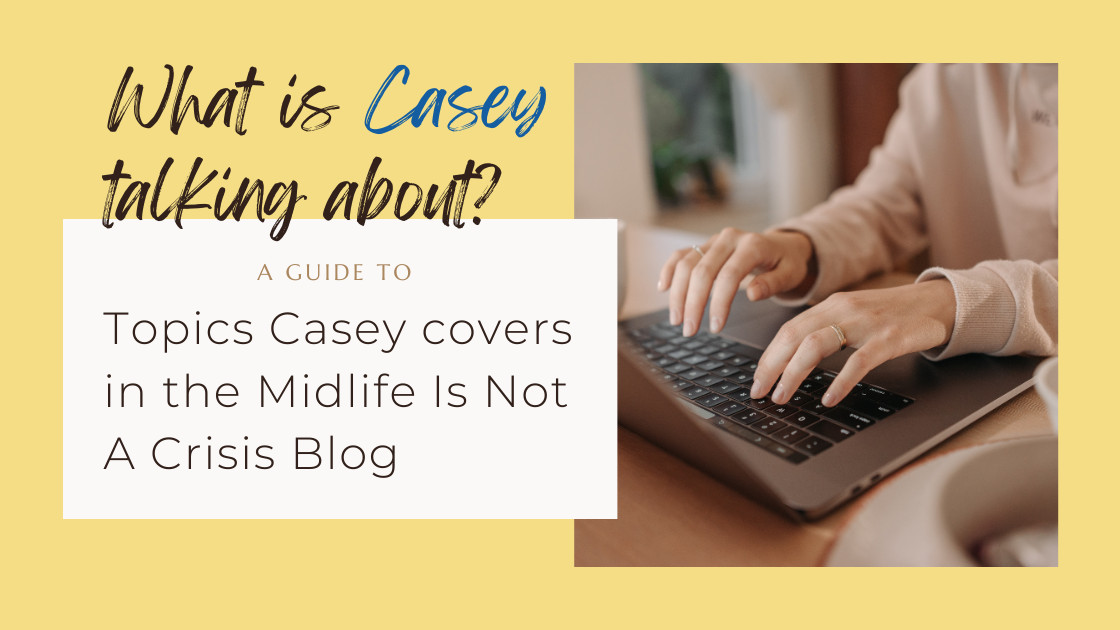
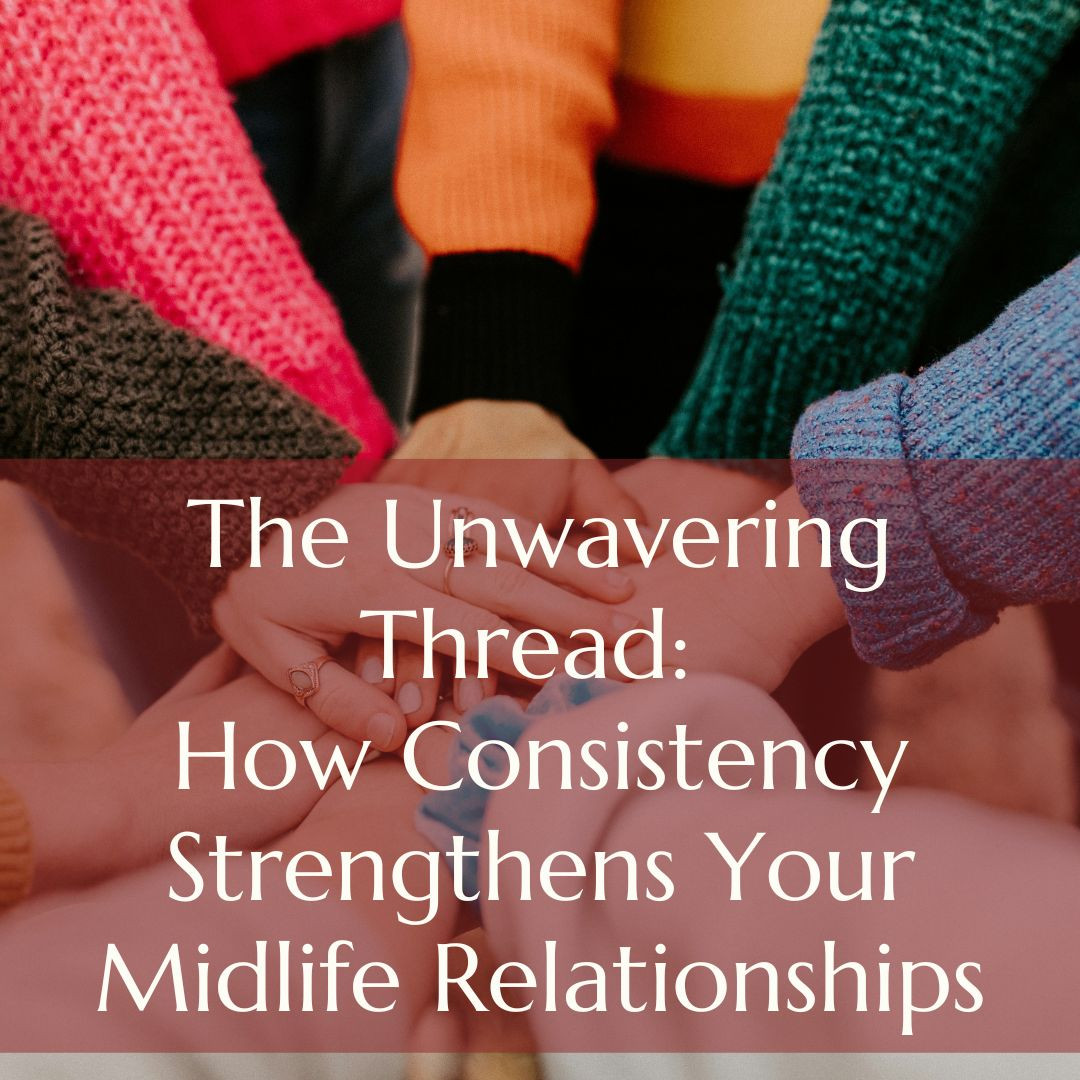
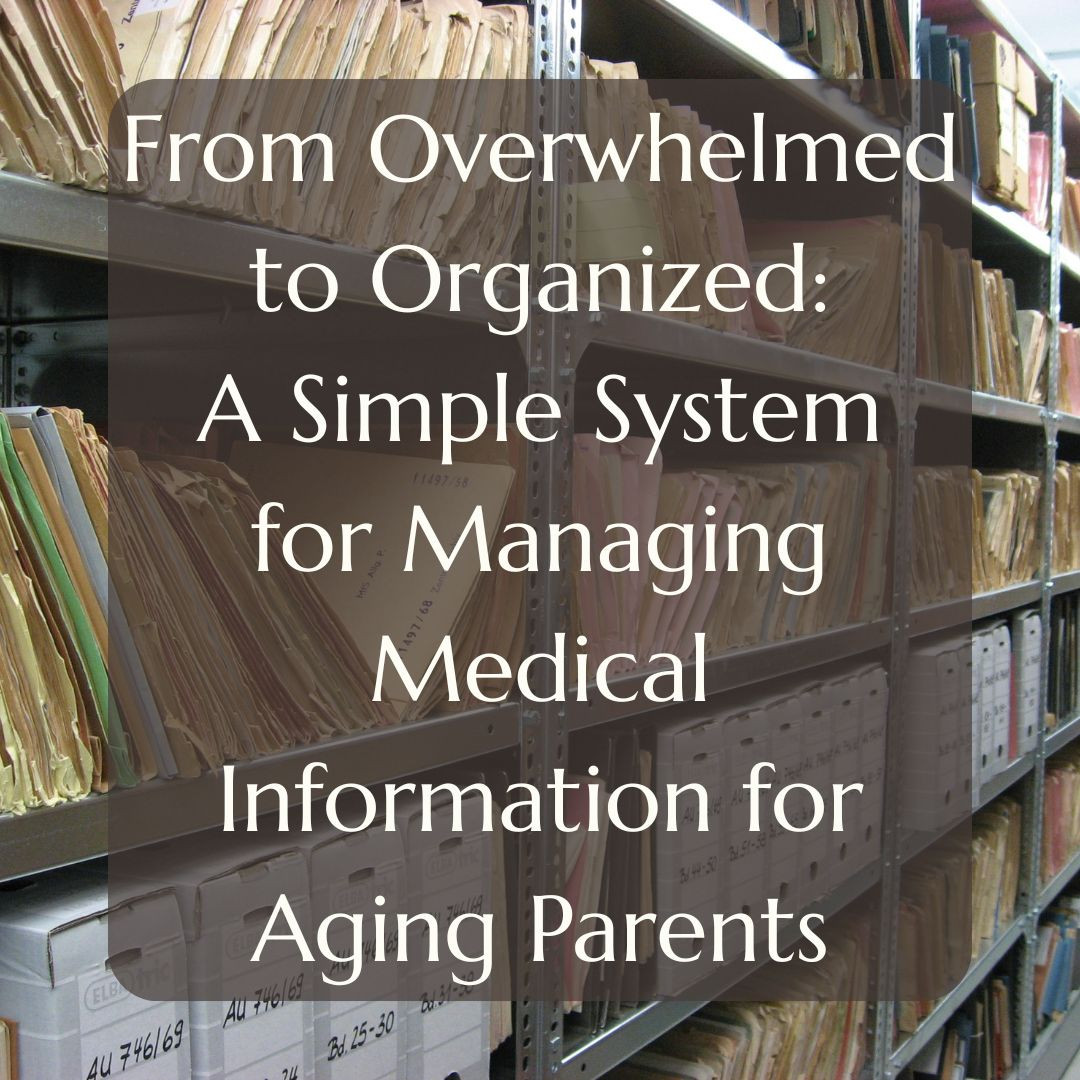
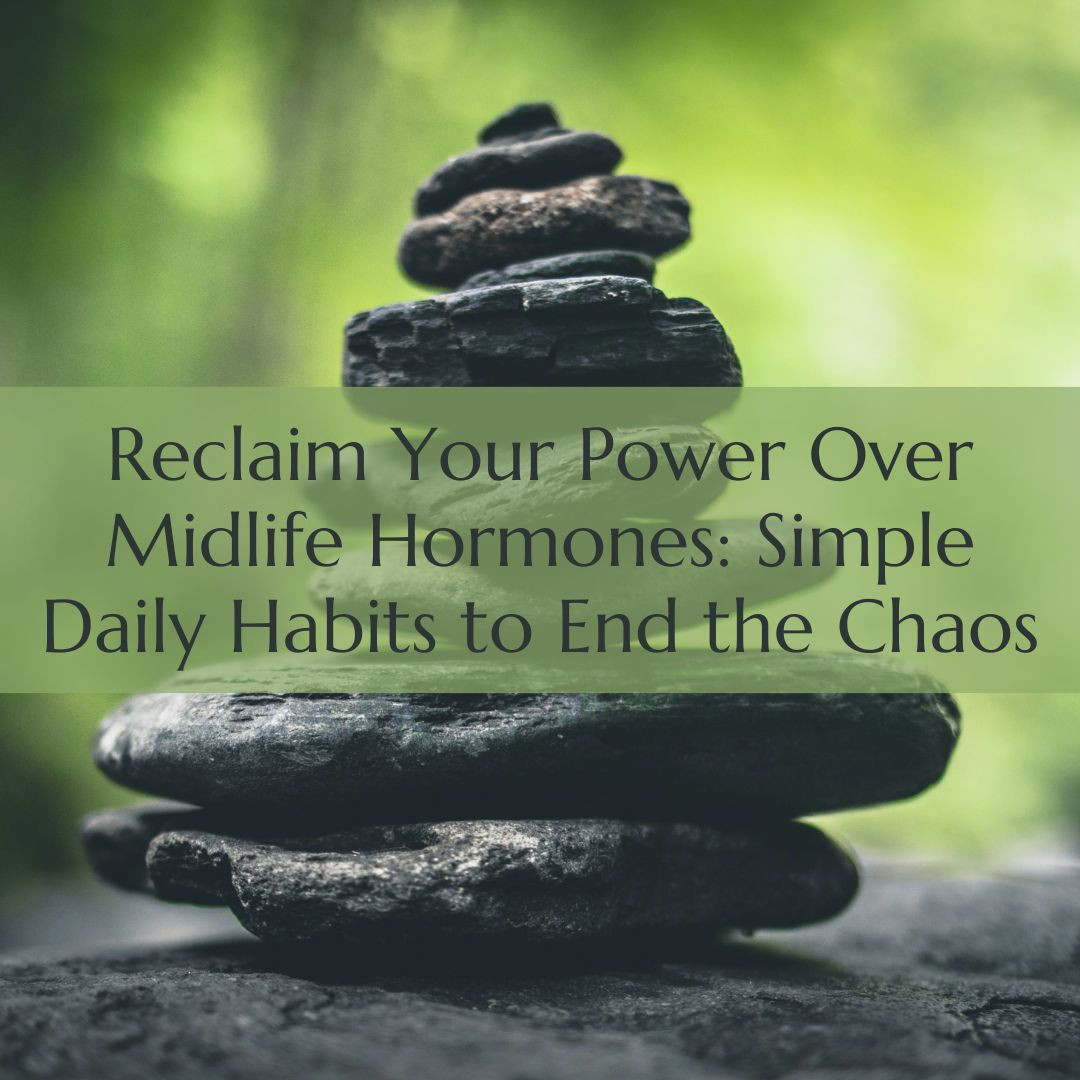
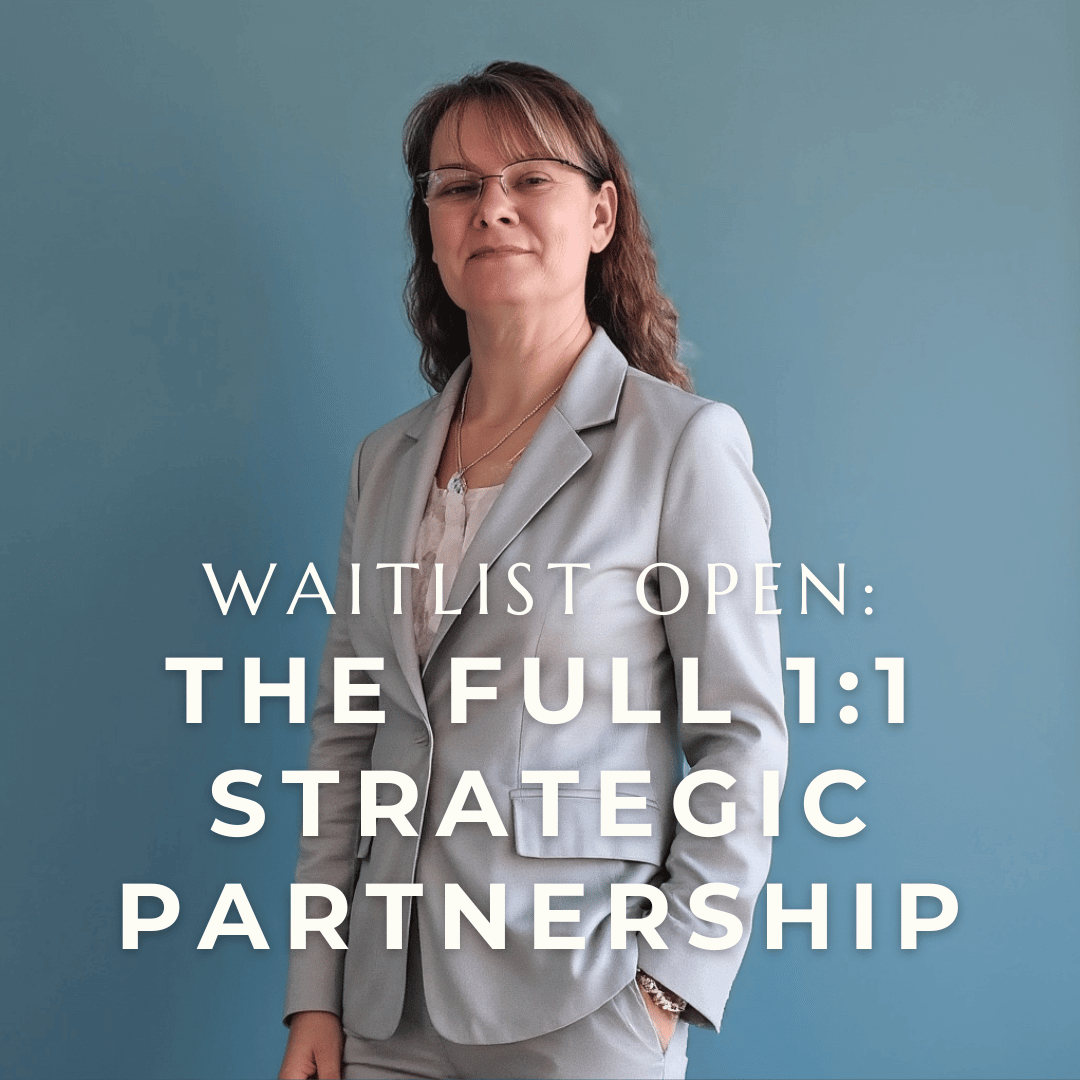
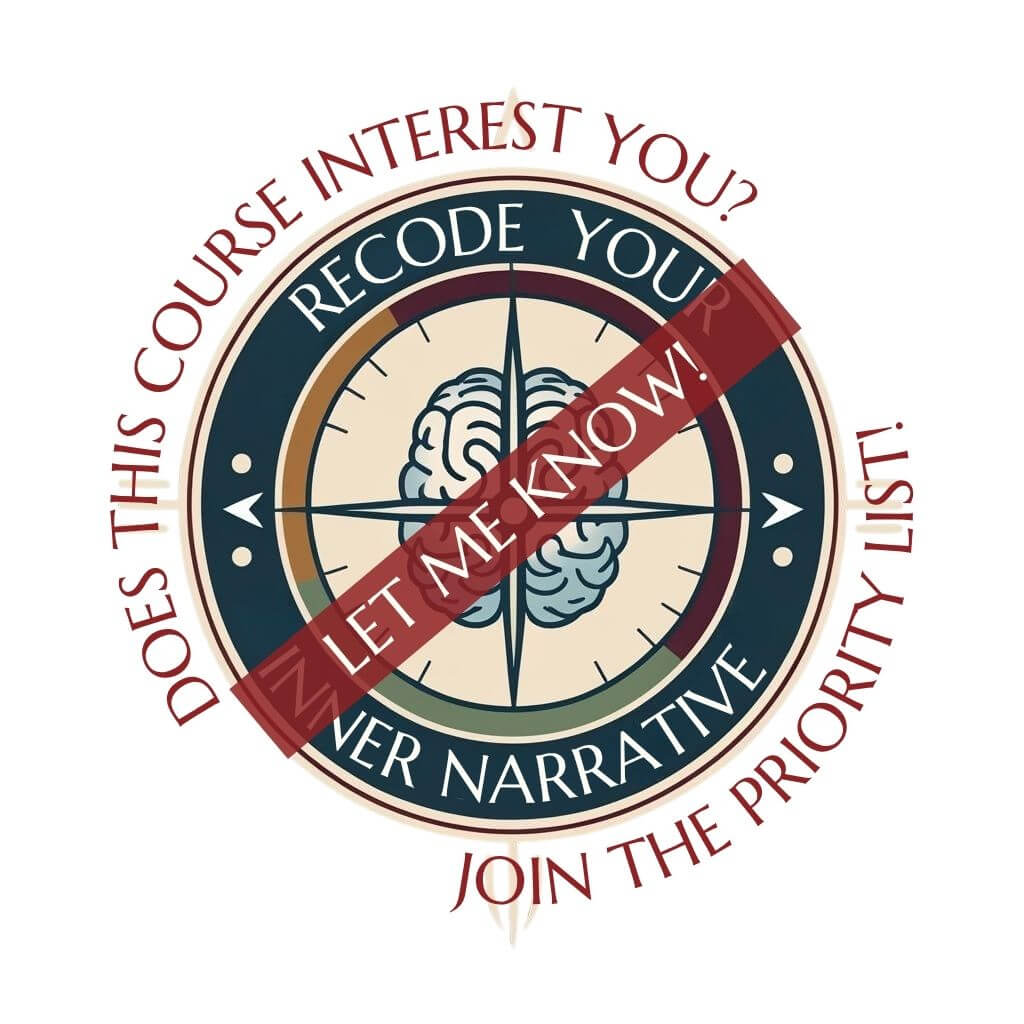 Your inner voice is your most powerful operating system.
Your inner voice is your most powerful operating system.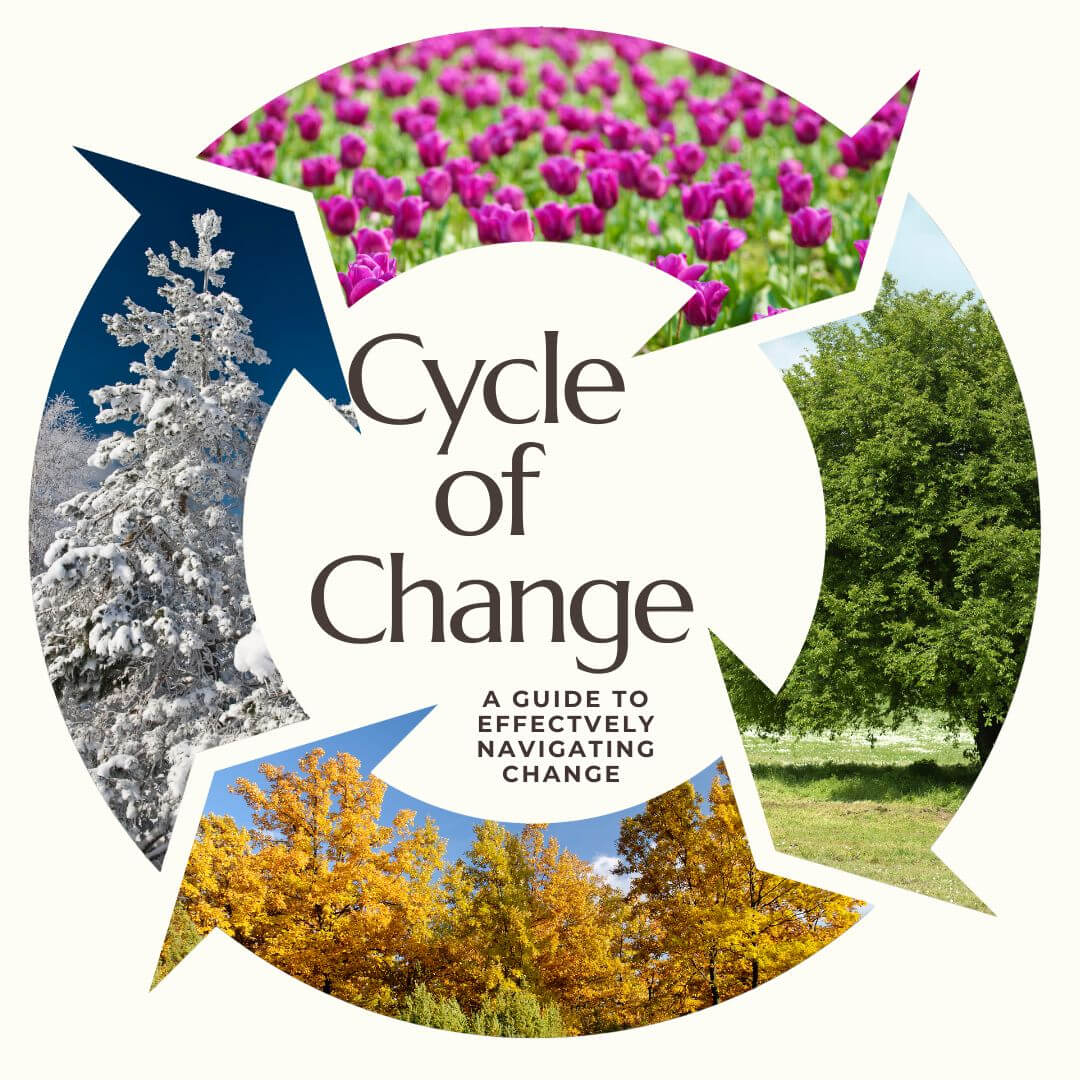
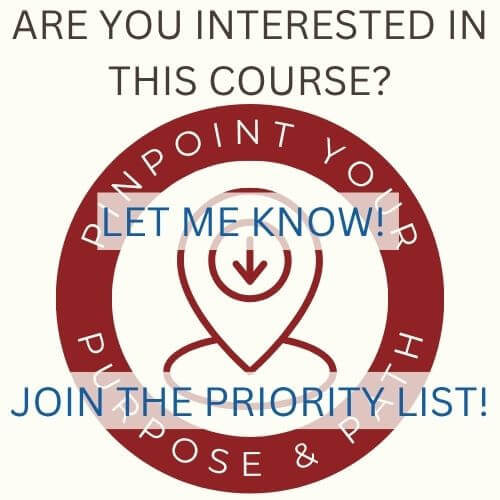
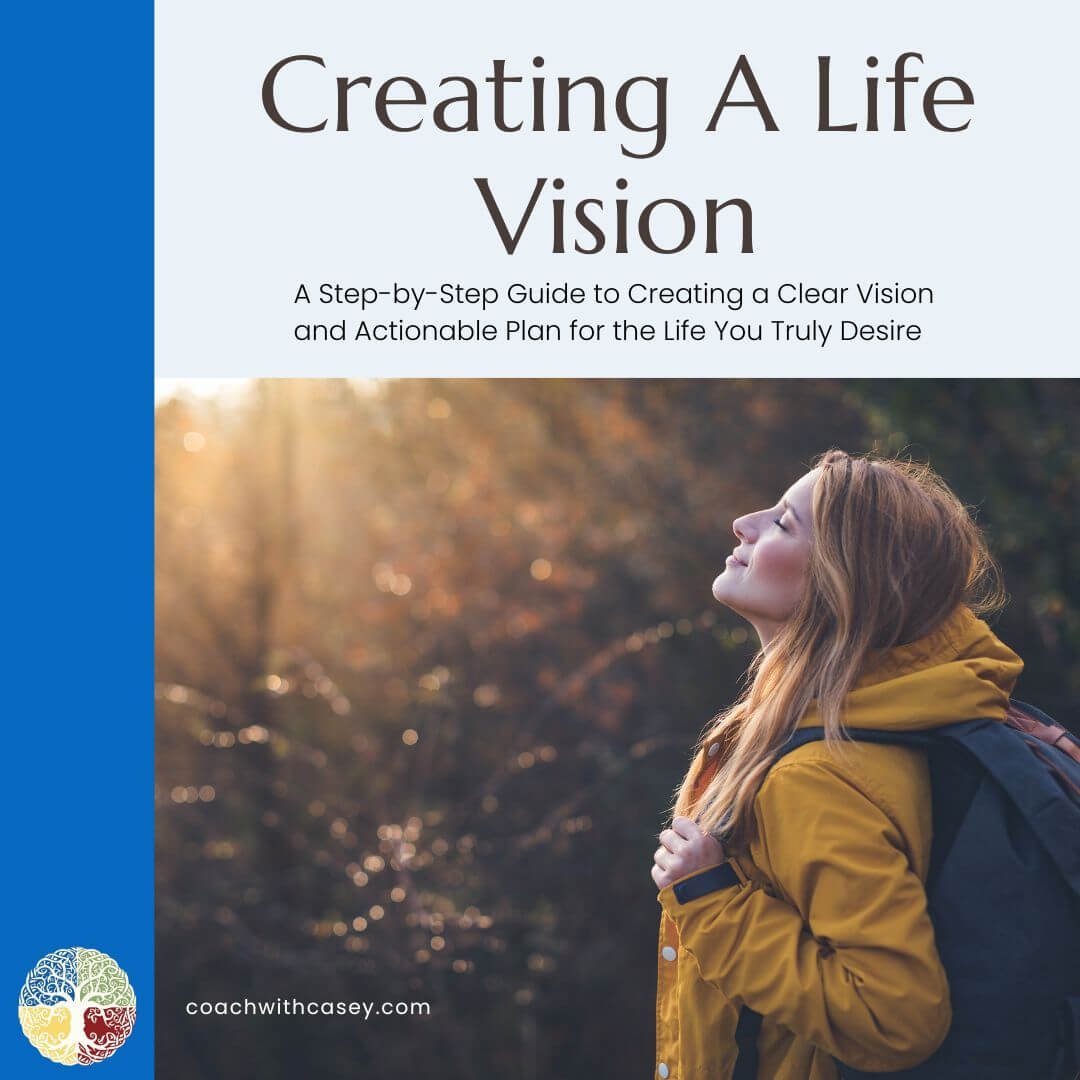

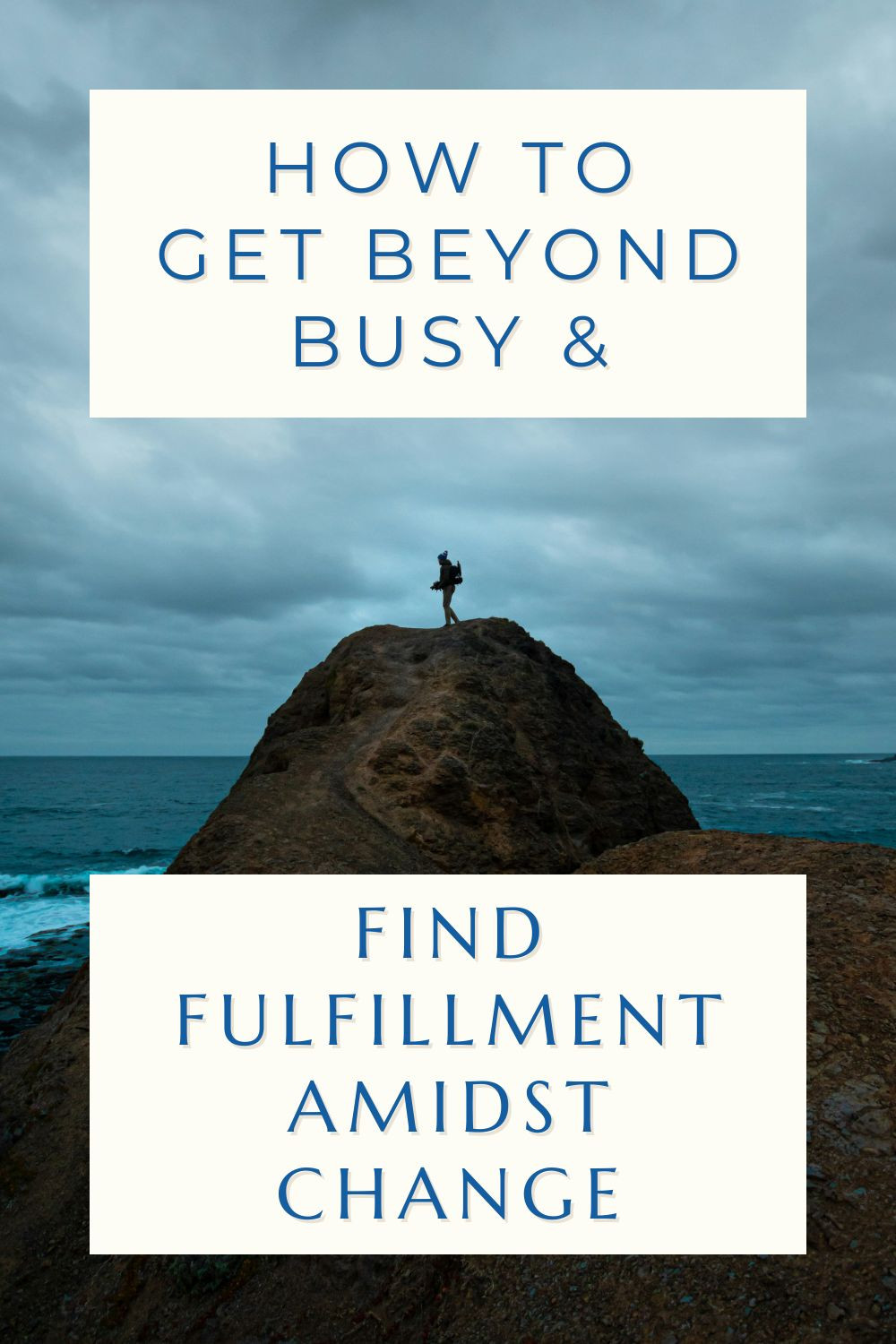
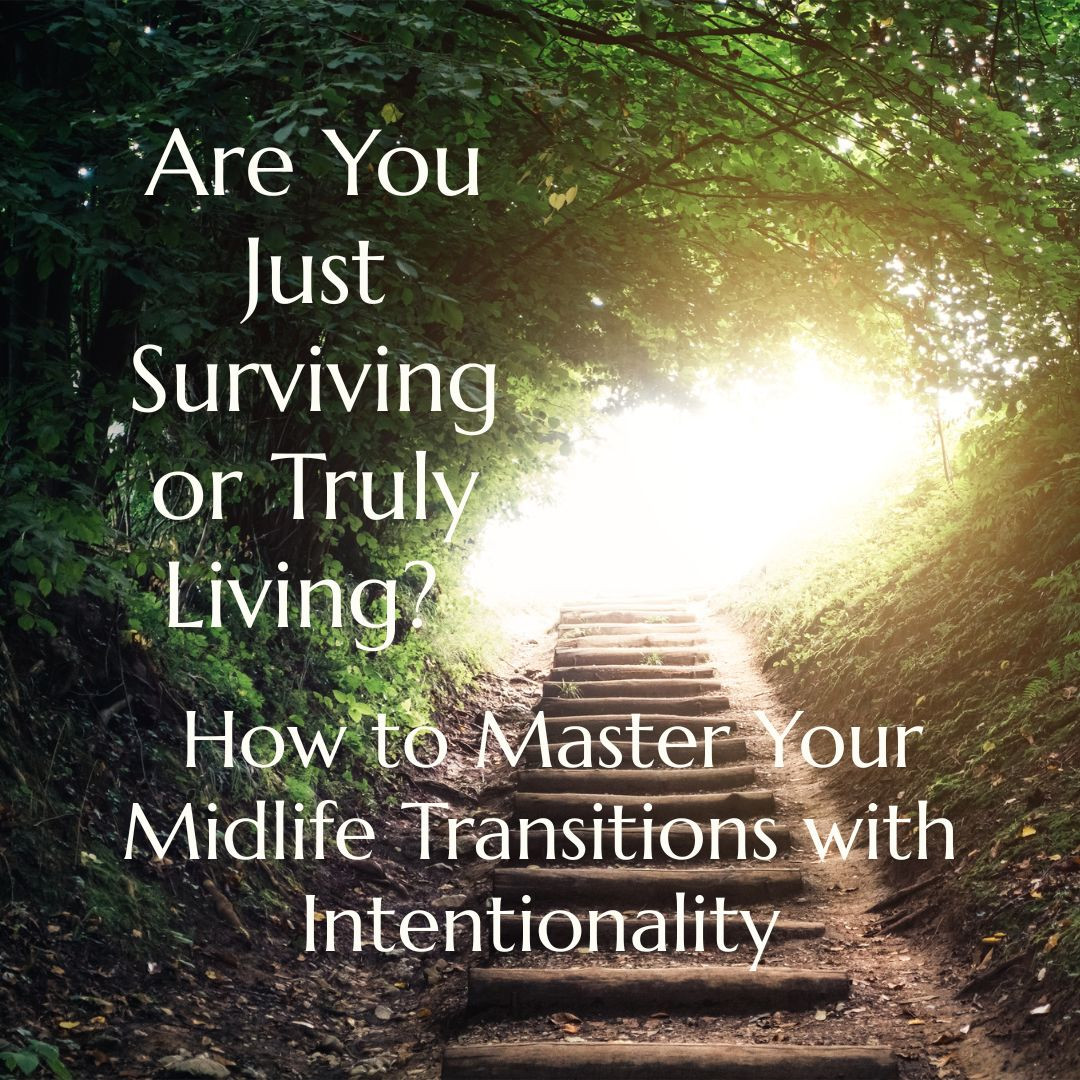




0 Comments